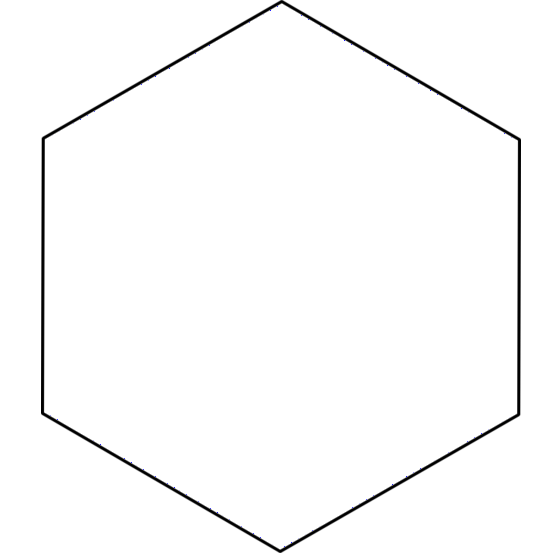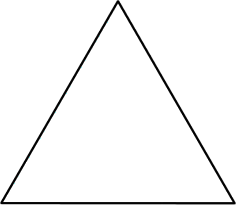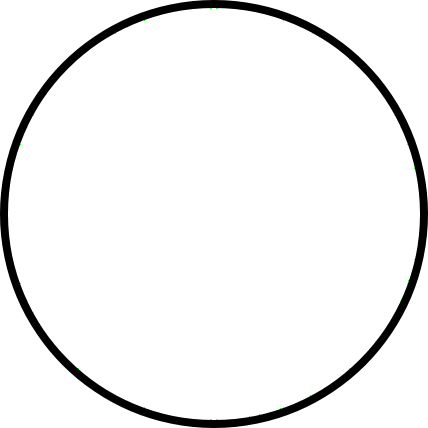The DNA Prism
The standard DNA 'prism' is a gel electrophoresis column, that is, a long tube filled with jelly through which an electric current is passed. A solution containing the scissored stretches of DNA, all jumbled together, is poured into one end of the tube. The DNA fragments are all electrically attracted to the negative end of the column, which is at the other end of the tube, and they move steadily through the jelly. But they don't all move at the same rate. Like light of low vibration frequency moving through glass, small fragments of DNA move faster than large ones. The result is that, if you switch the current off after a suitable interval, the fragments have spread themselves out along the column, just as Newton's colours spread themselves out because light from the blue end of the spectrum is more readily slowed down by glass than light from the red end.
But so far we can't see the fragments. The jelly column looks uniform all the way down. There is nothing to show that DNA fragments of different size are lurking in discrete bands along its length, and nothing to show which bands contain which variety of tandem repeat. How do we make them visible? This is where the radioactive probes come in.
To make them visible you can use another cunning technique, the Southern blot, named after its inventor, Edward Southern. (Slightly confusingly, there are other techniques called the Northern blot and the Western blot, but no Mr Northern or Mr Western.) The jelly column is removed from the tube and laid out on blotting paper. The liquid in the jelly, including the DNA fragments, seeps out of the jelly into the blotting paper. The blotting paper has previously been laced with quantities of the radioactive probe for the particular tandem repeat that we are interested in. The probe molecules line up along the blotting paper, pairing precisely, by the ordinary rules of DNA, with their opposite numbers in the tandem repeats. Surplus probe molecules are washed away. Now the only radioactive probe molecules left in the blotting paper are those bound to their exact opposite numbers that seeped out of the jelly. The blotting paper is now placed on a piece of X-ray film, which is then marked by the radioactivity. So, what you see when you develop the film is a set of dark bands - another barcode. The final barcode pattern that we read on the Southern blot is a fingerprint for a person, in very much the same way as the Fraunhofer lines are a fingerprint for a star, or the formant lines are the fingerprint for a vowel sound. Indeed, the barcode from the blood looks very like Fraunhofer lines or formant lines.
Notes:
Folksonomies: dna barcodes prisms analysis
Taxonomies:
/technology and computing/software/databases (0.485279)
/food and drink/food/candy and sweets (0.440679)
/business and industrial/energy/oil (0.420288)
Keywords:
DNA fragments (0.933452 (negative:-0.483583)), probe molecules (0.820339 (negative:-0.261672)), jelly column (0.766679 (positive:0.277197)), gel electrophoresis column (0.725130 (neutral:0.000000)), Southern blot (0.692101 (neutral:0.000000)), radioactive probe molecules (0.662166 (negative:-0.201381)), tandem repeat (0.658104 (negative:-0.405048)), probe molecules line (0.645129 (neutral:0.000000)), Surplus probe molecules (0.636752 (negative:-0.321963)), particular tandem repeat (0.616495 (negative:-0.555787)), low vibration frequency (0.616207 (negative:-0.513384)), exact opposite numbers (0.594641 (neutral:0.000000)), final barcode pattern (0.587755 (neutral:0.000000)), formant lines (0.586462 (neutral:0.000000)), Fraunhofer lines (0.577771 (positive:0.339041)), small fragments (0.534826 (neutral:0.000000)), Northern blot (0.495871 (neutral:0.000000)), Western blot (0.491882 (neutral:0.000000)), long tube (0.473637 (neutral:0.000000)), scissored stretches (0.463429 (neutral:0.000000)), radioactive probes (0.459121 (negative:-0.451735)), electric current (0.446663 (neutral:0.000000)), cunning technique (0.440452 (positive:0.382647)), red end (0.439320 (neutral:0.000000)), suitable interval (0.435864 (positive:0.262827)), negative end (0.434872 (negative:-0.525504)), blue end (0.428778 (positive:0.482202)), large ones (0.427212 (neutral:0.000000)), discrete bands (0.418119 (neutral:0.000000))
Entities:
Fraunhofer:Company (0.780994 (positive:0.339041)), Mr Northern:Person (0.553695 (neutral:0.000000)), Newton:Person (0.522848 (positive:0.482202)), Mr Western:Person (0.510678 (neutral:0.000000)), Edward Southern.:Person (0.500892 (neutral:0.000000))
Concepts:
Molecular biology (0.974320): dbpedia | freebase | opencyc
Western blot (0.856527): dbpedia | freebase | yago
Southern blot (0.822914): dbpedia | freebase | yago
Laboratory techniques (0.607032): dbpedia | freebase | yago
Edwin Southern (0.546868): dbpedia | freebase | yago
Gel electrophoresis (0.538003): dbpedia | freebase | yago
Northern blot (0.456439): dbpedia | freebase | yago
Blot (0.427350): dbpedia | freebase | yago




